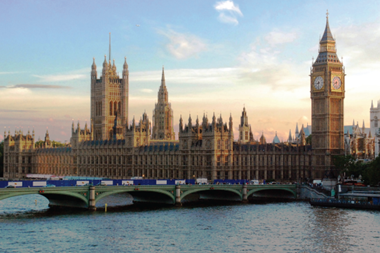UK – The UK Pension Protection Fund’s (PPF) decision to leave levy arrangements for the coming financial year unchanged has been welcomed by the UK industry, despite the lifeboat fund estimating it will need to collect an additional 10% from levy payers.
In a statement, the PPF said it “maintained its commitment” to keeping the current levy, as it allowed for the predictability that individual levy payers desire.
However, it said estimated levy income would rise to £695m (€824m) in 2014-15, a 10-percentage-point rise over the current year’s estimated earnings.
Alan Rubenstein, the fund’s chief executive, said: “The risks we face as an organisation remain high, with low bond yields and substantial scheme deficits still part of the landscape.
“Our intention to leave the levy rules unchanged means the levy estimate for 2014-15 has therefore increased.”
He noted that the increased estimate had been alluded to several times over the last year.
He stressed that the increase was not triggered by “individual events, such as large single claims” – a likely reference to the half a billion pound deficit in schemes associated with UK Coal.
He said the organisation had yet to account for the proposed changes to the compensation cap for long-serving employers, announced by the government in June.
Rubenstein also said that the PPF was seeing signs of recovery in the wider economy.
“If borne out by experience, this should have positive implications for the probability of meeting our 2030 funding objective and, in turn, would feed into our considerations as we look to set the levy rules for the next three years from 2015-16.”
Business lobby group CBI was positive despite the predicted increase in levy earnings, with director of employment and skills Neil Carberry noting that the PPF had “done what it can to delay the rise” over the past two years.
“While the estimate has risen by 10%, if current stronger markets continue, pension schemes’ funding will improve by the time the levy is due,” he said.
“This would result in a lower rise than the estimate suggests.”
The National Association of Pension Funds’ head of policy Darren Philp was less pleased to see the predicted increase in levy income, stressing that while the reasons behind the rise might be understood, pension funds would nonetheless view it as an additional burden.
“The focus will soon move to the review of the levy for the following three years, and the NAPF is looking forward to being closely involved in that debate,” Philp said.
Helen Baker, partner at law firm Sackers, also warned pension funds to keep the levy “on their radar”, referencing the upcoming switch from Dun & Bradstreet (D&B) insolvency metrics to a bespoke model to be developed by Experian.
According to Baker, the launch of an industry group to advise on Experian’s forthcoming metrics, to be used from the 2015-16 financial year onwards, “suggests change is on its way”.
“Schemes may need to update their thinking and adapt to a new regime,” she said.












